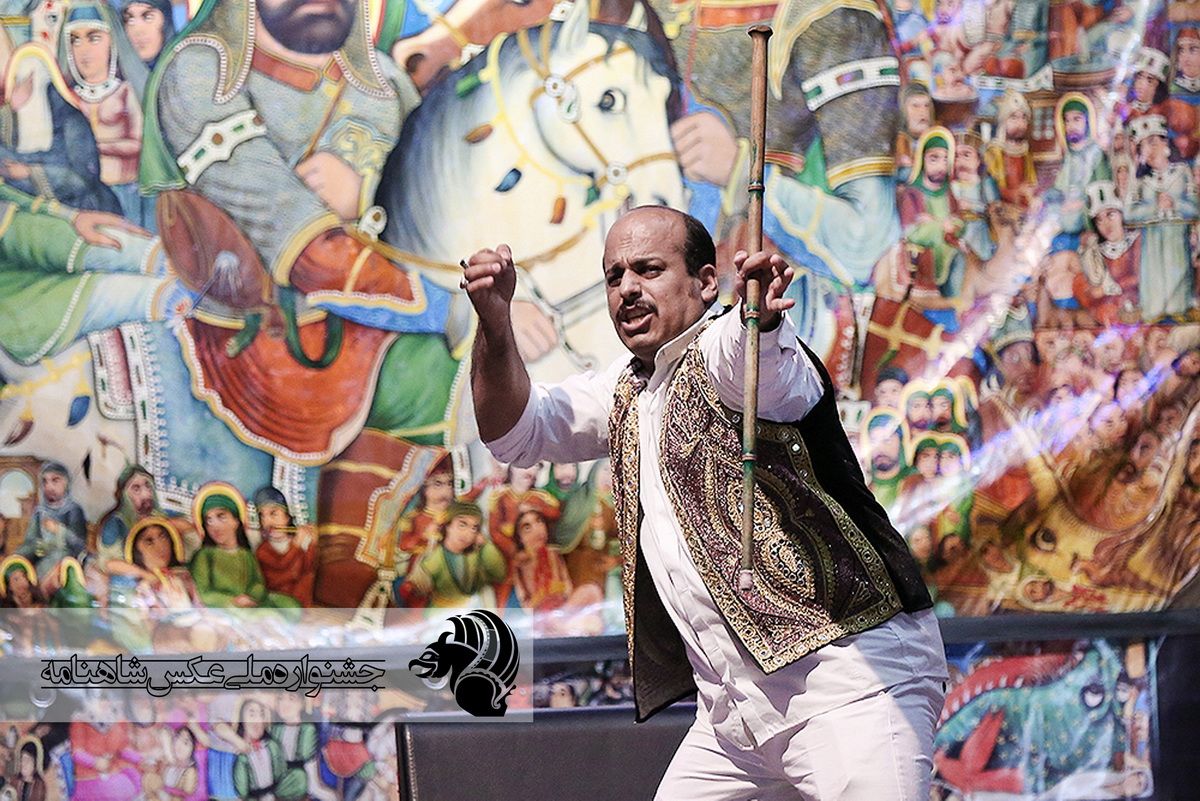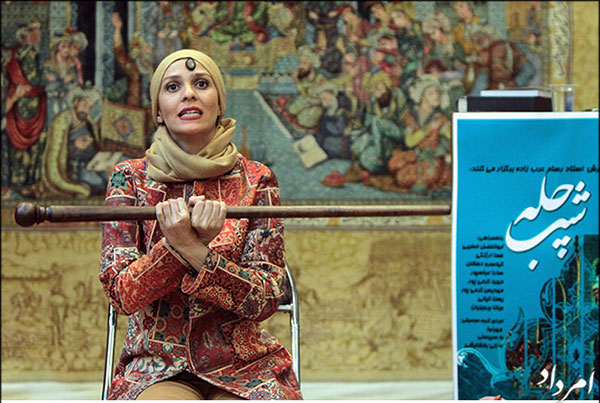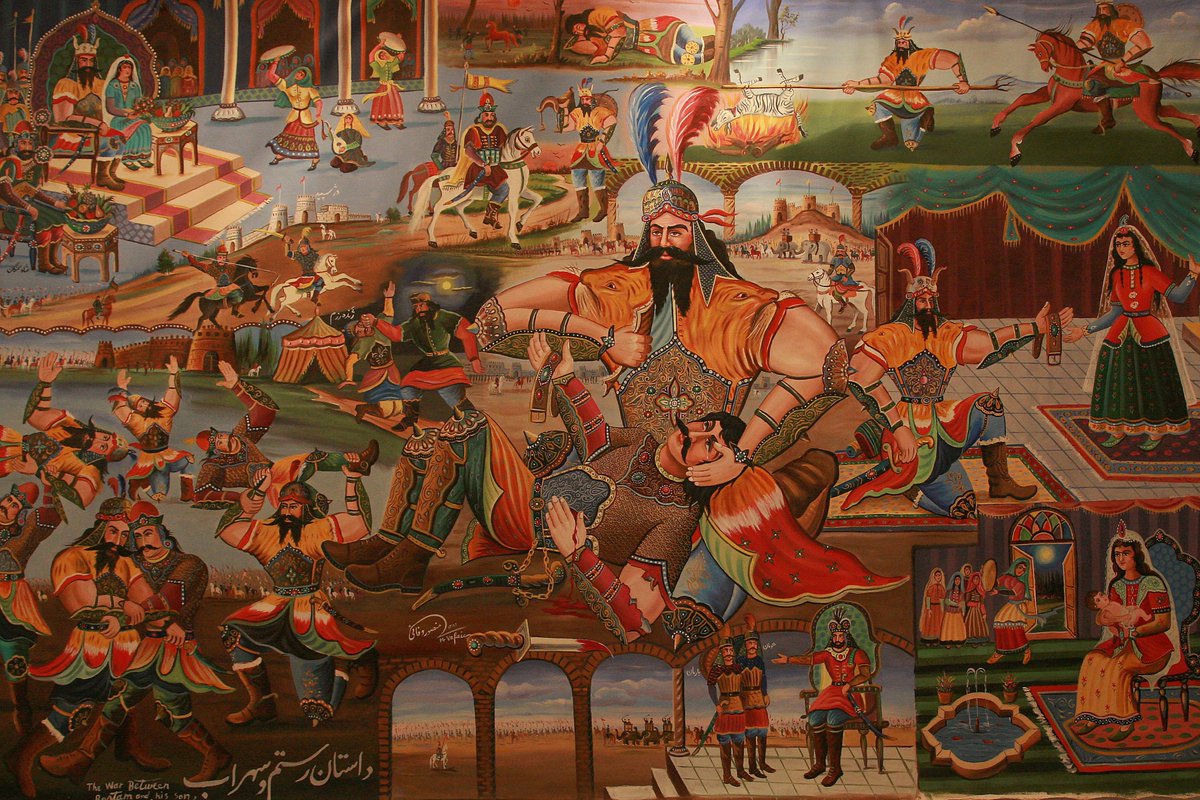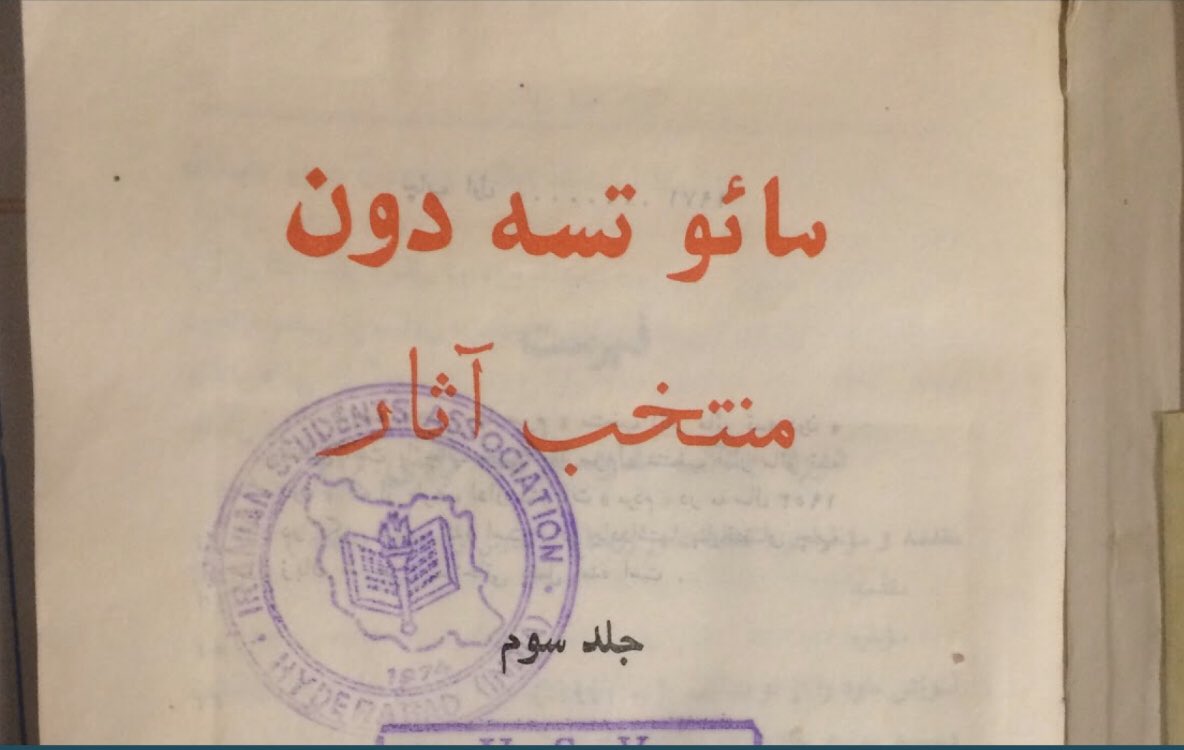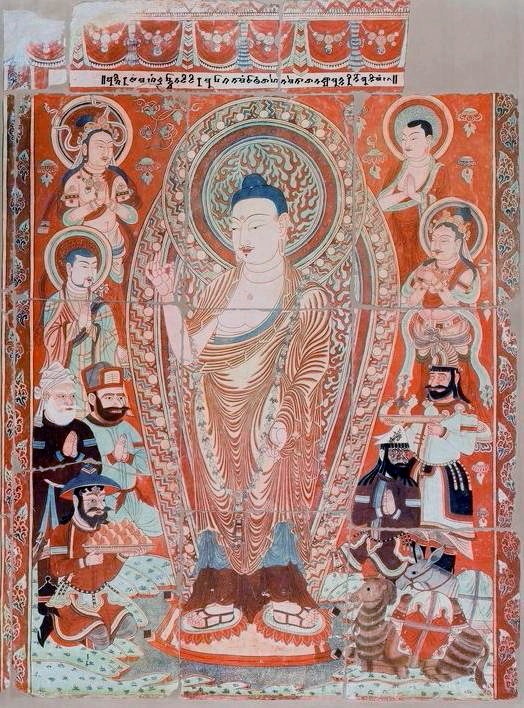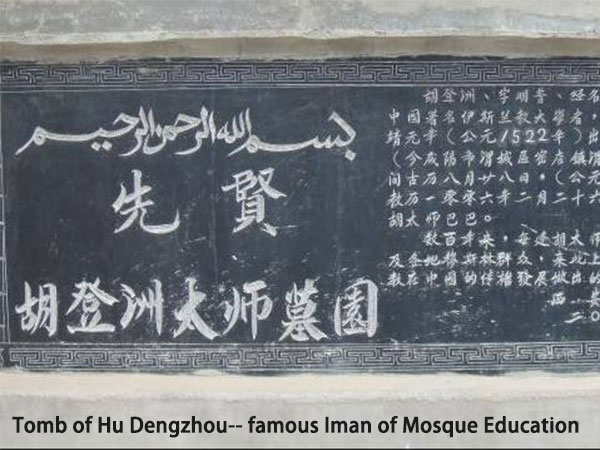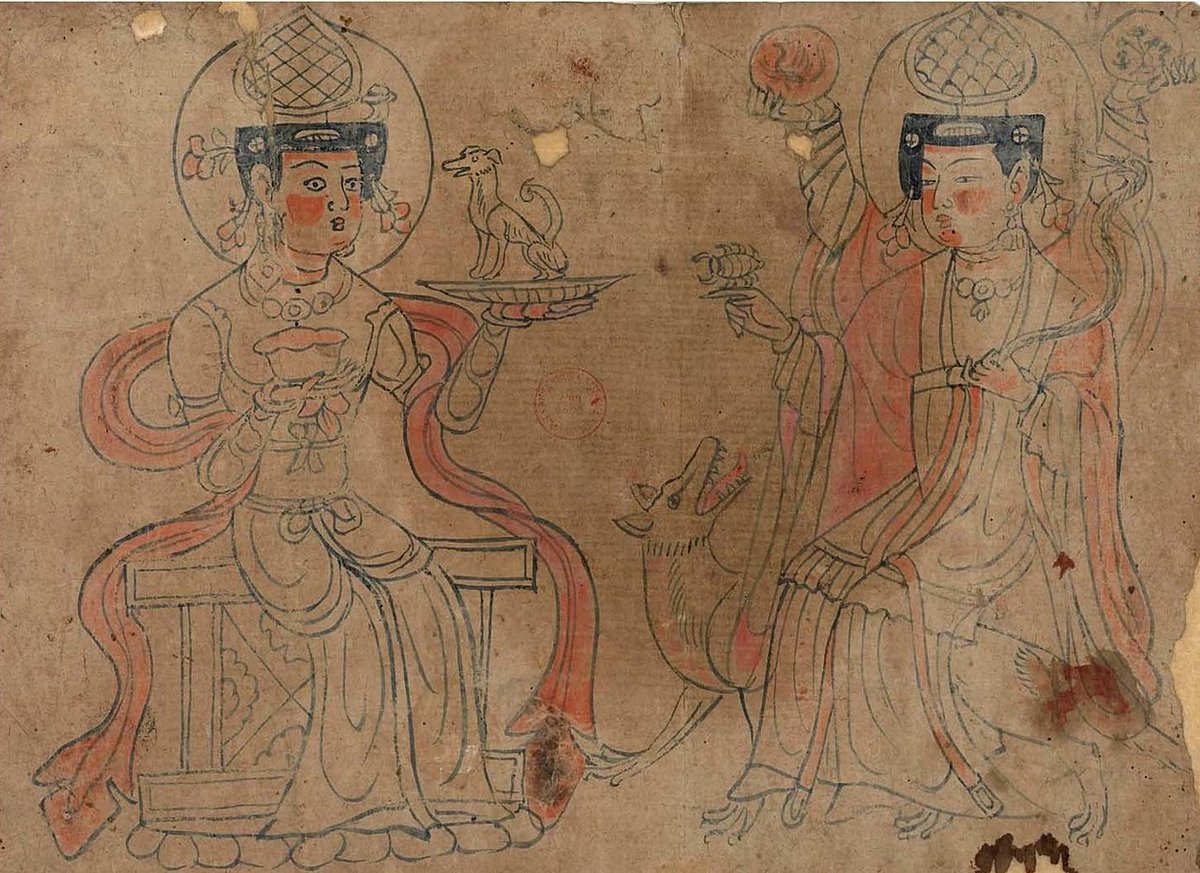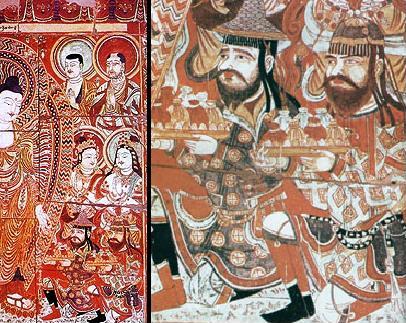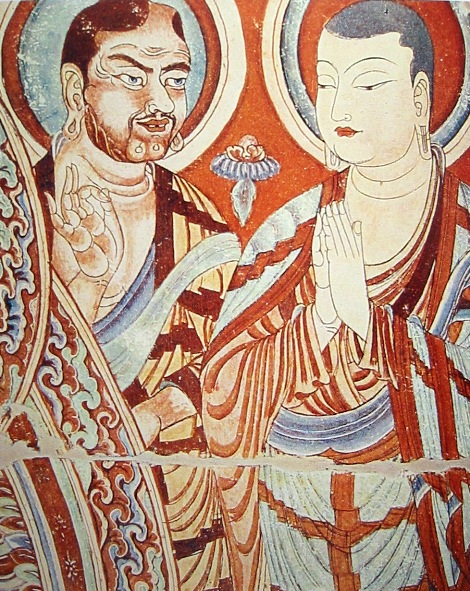
It's a new day, it's a #Nowruz. Let's go!
1/SM
#Day4
#ANationBeforeGod
#NewBornNewTargetedAdvertising ("BPA-free?")
1/SM
#Day4
#ANationBeforeGod
#NewBornNewTargetedAdvertising ("BPA-free?")

@Swarthy_Bastard One of the high dramas of recent days was the back & forth between Pompeo & his counterpart
@JZarif. Pompeo accused the IRI of effectively holding Iran hostage, proclaiming that no one “has damaged Persian culture more...disrespecting Cyrus & holidays like Nowruz.”
2/SM
@JZarif. Pompeo accused the IRI of effectively holding Iran hostage, proclaiming that no one “has damaged Persian culture more...disrespecting Cyrus & holidays like Nowruz.”
2/SM

@Swarthy_Bastard @JZarif Putting aside the matter of whether & how Pompeo knows what 80 million Iranians “hold dear,” or the Trump administration’s creepy end times obsession with Cyrus (described well by @ishaantharoor)...
3/SM
#EschatologyForDummies
washingtonpost.com/world/2019/11/…
3/SM
#EschatologyForDummies
washingtonpost.com/world/2019/11/…
@Swarthy_Bastard @JZarif @ishaantharoor ...to say nothing of Trump’s unveiled threat to destroy 52 cultural sites in Iran, the claim that the IRI disrespects the ancient holiday of Nowruz---hardly unique to Pompeo---is flatly wrong.
4/SM
4/SM

@Swarthy_Bastard @JZarif @ishaantharoor The Persian New Year plays a prominent role in the early childhood curriculum of postrevolutionary Iran, and has done so from Day One. Far from eliminating #Nowruz, textbooks illustrate the lengths that Iran’s educational planners have gone to harness its special authority.
5/SM
5/SM

@Swarthy_Bastard @JZarif @ishaantharoor As I noted in yesterday’s thread, the IRI remains committed to the Pahlavi-era project of producing a unified Iranian nation. Nowruz, with its origins in Iran’s Zoroastrian past, its rituals etched into stony permanence at Persepolis, stands as a major pillar of this project
6/SM

6/SM


@Swarthy_Bastard @JZarif @ishaantharoor Nowruz is one of the first lessons students read on their own, a test of a hard-earned literacy, at the end of the 1979 Farsi primer. “We call the first day of the year Nowruz. Nowruz is the holiday of the Iranian people.” A version also appears in the 2nd and 3rd Grades.
7/SM
7/SM

@Swarthy_Bastard @JZarif @ishaantharoor Interestingly, during the 80s the 2nd Grade primer is more recognizably “Islamic.” A humble family is gathered around the traditional “sofreh,” the father reading from the Koran. The mother offers a prayer on behalf of all women and especially the world’s children.
8/SM
8/SM
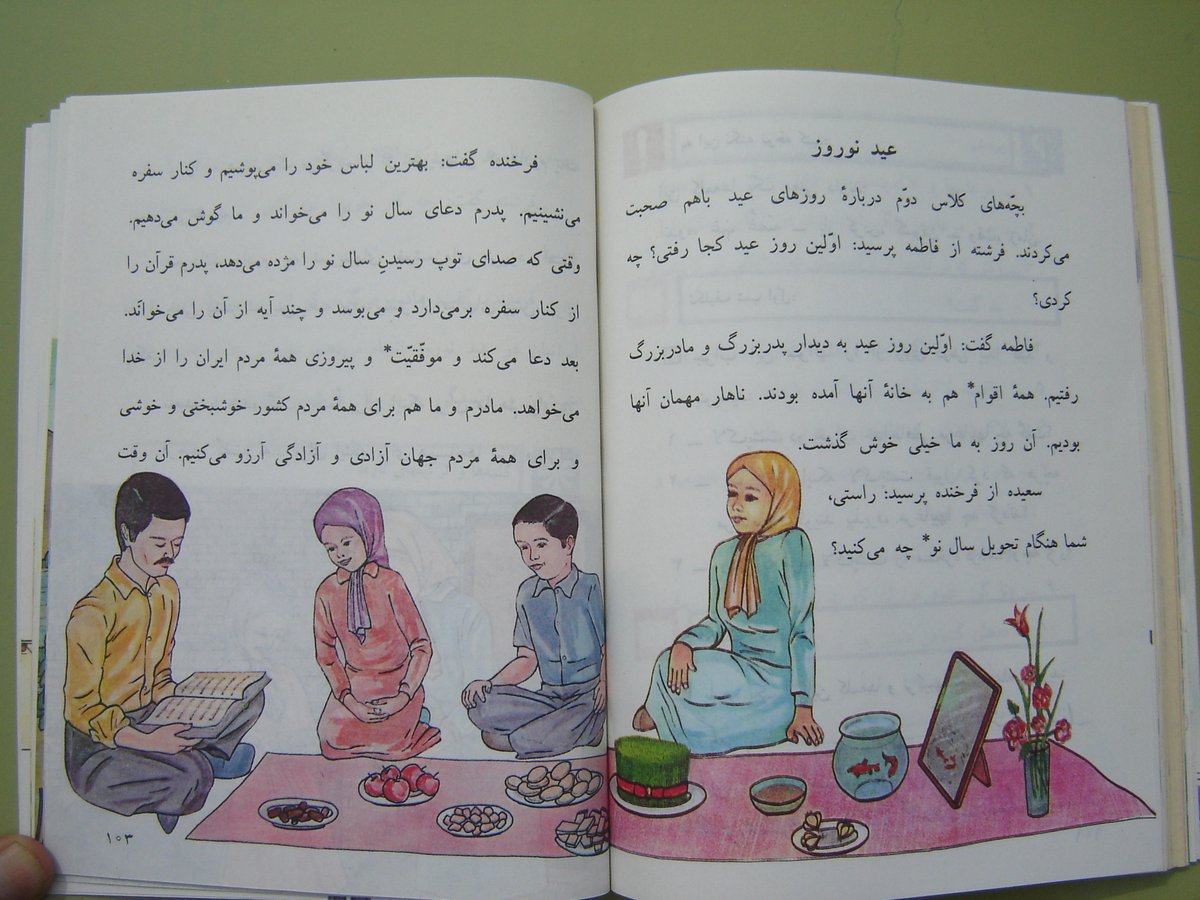
@Swarthy_Bastard @JZarif @ishaantharoor The same 2nd Grade lesson becomes much more strident in the latter half of the 1980s. Written in the first-person and set against the horrors of the ongoing Iran Iraq war, martyrs of the revolution and those who died defending the nation become the focal point.
9/SM
9/SM

@Swarthy_Bastard @JZarif @ishaantharoor All of which is emblematic of the Islamic Republic’s convoluted efforts to simultaneously stand for the unity and triumph of the world’s Muslims, while preserving the framework of a distinctly Persianate worldview, to have its nationalist cake and eat it too.
10/SM
10/SM

@Swarthy_Bastard @JZarif @ishaantharoor There is more to say and I do so here, as well in @jadaliyya (I'll repost here), & if I ever get that Pomodoro thingy to work, my long-delayed book, A Nation Before God: Education, Identity, and the Pursuit of Paradise in Postrevolutionary Iran.
11/SM
huffpost.com/entry/how-the-…
11/SM
huffpost.com/entry/how-the-…
@Swarthy_Bastard @JZarif @ishaantharoor @jadaliyya In the meantime, I end with this proposition: The premise that there exists a “real” Iran is the original sin of bad analysis, a case of #MAGA traded for the equally pernicious #MIGA.
12/SM
lobelog.com/the-1979-revol… via @LobeLog
12/SM
lobelog.com/the-1979-revol… via @LobeLog
@Swarthy_Bastard @JZarif @ishaantharoor @jadaliyya @LobeLog In the case of Pompeo, who deigns to speak on behalf of Iranians everywhere, the concept of a "real Iran" is little more than projection by a prominent member of an American administration known for its own narrow claims of national membership.
13/SM
huffpost.com/entry/how-trum…
13/SM
huffpost.com/entry/how-trum…
@Swarthy_Bastard @JZarif @ishaantharoor @jadaliyya @LobeLog In the meantime, I end with this proposition: Rather than chasing down evidence of supposedly timeless traditions, researchers would be better off focusing their attention on how contingent circumstances shape national identities and rituals.
14/SM
#HamVatan



14/SM
#HamVatan




@Swarthy_Bastard @JZarif @ishaantharoor @jadaliyya @LobeLog Time for la la...
Nilufar and I, signing off 🌸
15/Fin
#HistoryOfIran
@Swarthy_Bastard
Nilufar and I, signing off 🌸
15/Fin
#HistoryOfIran
@Swarthy_Bastard

• • •
Missing some Tweet in this thread? You can try to
force a refresh




